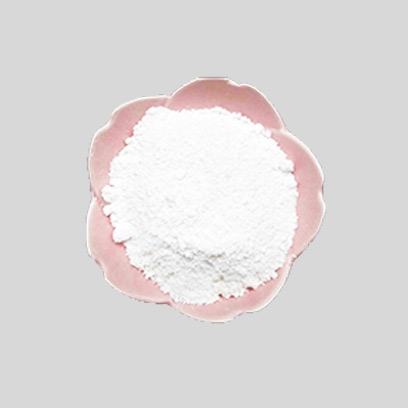
Aug . 07, 2024 18:31 Back to list
Exploring the Market for Titanium Dioxide Precipitate Production and Manufacturers in the Industry
An Overview of Titanium Dioxide Precipitate Manufacturers
Titanium dioxide (TiO2) is a versatile compound that plays a crucial role in various industries due to its exceptional properties. Found in two primary forms—anatase and rutile—titanium dioxide is primarily used as a white pigment in paints, coatings, plastics, and cosmetics. It also has applications in the food industry, energy sector, and even in sunscreens due to its ability to reflect UV light. Among its several forms, titanium dioxide precipitate is significant for manufacturers, providing a unique method for producing this compound to meet diverse industrial needs.
The Manufacturing Process of Titanium Dioxide Precipitate
Titanium dioxide is produced through several processes, but the most prevalent are the sulfate process and the chloride process. The sulfate process is more traditional and involves the digestion of titanium-bearing ores with sulfuric acid to produce titanium sulfate. This solution is then precipitated with water, and titanium dioxide is further purified and dried. The chloride process, on the other hand, is a more modern and efficient method that involves the chlorination of titanium ores to produce titanium tetrachloride, which is then oxidized to yield titanium dioxide.
In the context of precipitate manufacturers, the focus is on the sulfate process. Here, the precipitated titanium dioxide can be controlled for purity and particle size, catering to various applications that require specific attributes. Manufacturers often create tailored products, ranging from fine powders to granular forms, depending on the end-use specifications.
Market Dynamics and Demand
The demand for titanium dioxide precipitate has seen significant growth in recent years, driven by several factors. First and foremost is the escalating need for high-quality pigments in the coatings and plastics industries. As consumer awareness regarding environmental impact grows, companies are now opting for non-toxic and photostable materials, further boosting the demand for titanium dioxide.
Moreover, advancements in technology have opened up new applications for titanium dioxide, especially in solar energy and photocatalytic materials. The compound's photocatalytic properties enable it to purify air and water, making it an attractive choice for environmentally conscious industries. Green building initiatives also leverage titanium dioxide in paints that not only provide aesthetic value but also contribute to sustainable development by improving energy efficiency.
titanium dioxide is a precipitate manufacturers

The Role of Manufacturers
Manufacturers of titanium dioxide precipitate play a crucial role in shaping the market. They are tasked with ensuring consistent quality and supply to meet the rising demand across various sectors. Key players continuously invest in research and development to improve production processes, enhance the efficiency of TiO2 usage, and minimize waste—a crucial aspect given the increasing focus on sustainability.
Additionally, these manufacturers often form partnerships with end-users to innovate and provide custom solutions that align with specific industrial needs. This collaborative approach not only fosters innovation but also creates a robust supply chain.
Environmental Considerations
With the growth in titanium dioxide production, manufacturers are also facing increasing scrutiny regarding their environmental impact. The extraction and processing of ores can lead to significant ecological concerns, prompting many companies to adopt greener practices. From implementing waste reduction techniques to improving energy efficiency, manufacturers are taking steps to minimize their carbon footprint.
Conclusion
As a vital component in many industries, titanium dioxide precipitate manufacturers find themselves at the crossroads of innovation, sustainability, and market demand. With the continued expansion of applications for TiO2 in various sectors, staying competitive requires adaptability and commitment to quality. As the industry evolves, these manufacturers are not only pivotal in meeting current demands but also in leading the charge towards a more sustainable future.
-
Premium 6618 Titanium Dioxide for GPT-4 Turbo Applications
NewsJul.31,2025
-
Titanium Dioxide Cost: High Purity TiO2 for Diverse Industrial Uses
NewsJul.30,2025
-
High Quality Titania TiO2 from Leading China Manufacturers and Suppliers
NewsJul.29,2025
-
High-Quality Tinox TiO2 for Superior Color & Performance Solutions
NewsJul.29,2025
-
High Quality Titania TiO2 from Leading China Supplier & Manufacturer
NewsJul.29,2025
-
High-Performance r6618 TiO2 for Superior Whitening and Versatility
NewsJul.28,2025
